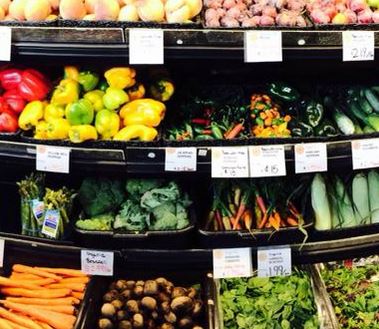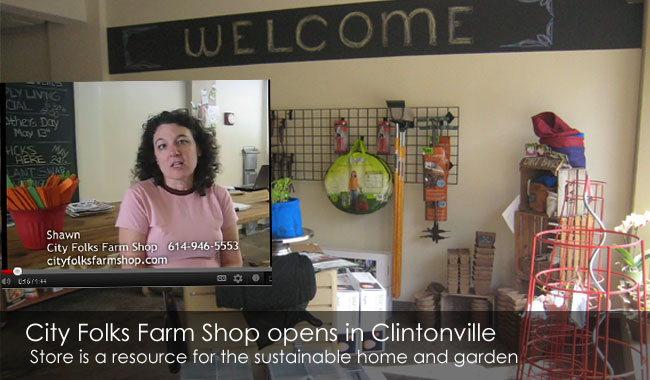Below is a copy of the press release from MORPC about the new local food study done by Ken Meter for the University of Toledo. It includes a link to the 120-page report. Among the key findings:
> The most sustained rapid growth in farm sales involves direct food sales from farmers to consumers.
> Public bodies hold a clear responsibility to support the growth of local-foods business clusters by constructing supportive infrastructure.
> Ohio agriculture (and related public policy) has long been focused on distant markets, rather than state consumers, to the detriment of the state economy.
> $30 billion flows away from Ohio each year due to the structure of the farm and food economy; recapturing these dollars would create significant economic opportunities.
> The prevailing food system is deeply dependent upon fossil fuels, which may become prohibitively expensive, creating exceptional vulnerability for the Ohio food supply.
Thanks to Susan Cull <
[email protected]> of the Community Entrepreneurial Growth Initiative (CEGI) for passing this along.
Brian Williams, Agriculture Specialist
Mid-Ohio Regional Planning Commission
111 Liberty St., Suite 100
Columbus, Ohio 43215
TOLEDO – If just 15 percent of the food Ohioans eat were purchased directly from local farms, it would mean $2.5 billion per year of new income for the state’s farmers, according to a new report from a Minnesota consultant.
https://uac.utoledo.edu/Publications/ohfood.pdfAs it stands now, less than 10 percent of the $29 billion in food that Ohioans eat each year was grown inside the state, according to Ohio’s Food Systems - Farms at the Heart of It All, by Ken Meter of Crossroads Resource Center in Minneapolis. Meter was engaged by the University of Toledo Urban Affairs Center to do the study with funding from the Ohio Department of Agriculture.
Meter will speak at the university on Friday as part of a daylong conference on
Local Food: Strategies for Jobs and Health. The event, which costs $20 per person ($5 for students) is at the Dana Conference Center on the UT Health Science Campus.
https://uac.utoledo.edu/localfood/localfoodstrategies.htm
Some $26 billion of Ohio’s annual food dollars go out of state – along with $4 billion worth of fuel, fertilizers, herbicides and other inputs that Ohio farmers buy from outside the state, the report said.
The total market value of Ohio agricultural products was about $9 billion in 2008 – a good year for farm prices. But Ohio’s food economy could be even more lucrative, the report says, with investment in the food processing and distribution infrastructure – which both adds value to farm products and creates new jobs.
”Ohioans have been launching local food businesses for over forty years,” Meter said. “Those I interviewed are creating a whole new way of doing business, one that will be essential if Ohio is to recover from the recession. These firms will be stronger, and will grow more rapidly, if we invest in them.”
Meter cites the community-based food-business clusters that already have begun to spring up around the state to meet burgeoning consumer demand for fresh, healthful local food. The milk produced on two Southeast Ohio farms is processed at a small, state-of-the-art plant on one of the farms. The resulting cartons of Snowville Creamery milk sell for much more than the price of raw milk. And some of that milk takes on even greater value when it is made in Columbus into Jeni’s Splendid Ice Cream.
Such clusters, Meter writes, are key levers driving change in an emerging Ohio food system: Commerce based on relationships of mutual trust, through clusters of firms that grow in concert with each other, can create both resilience and stability for Ohio.
Meter also cites a need for state and local governments to support the creation of a food –processing and distribution “infrastructure” that not only will provide new markets for Ohio farmers, but also will enable that food to more easily get to consumers.
He said community-based foods have great potential to help Ohio move in the direction of new jobs and economic recovery.
###




